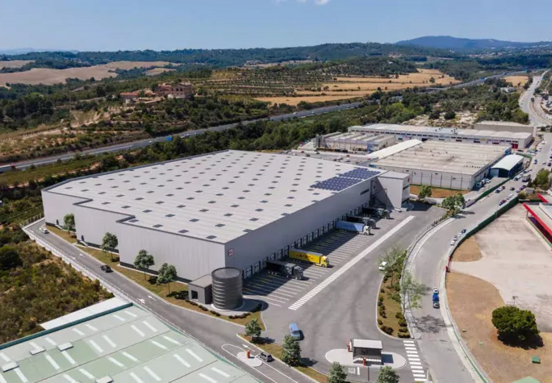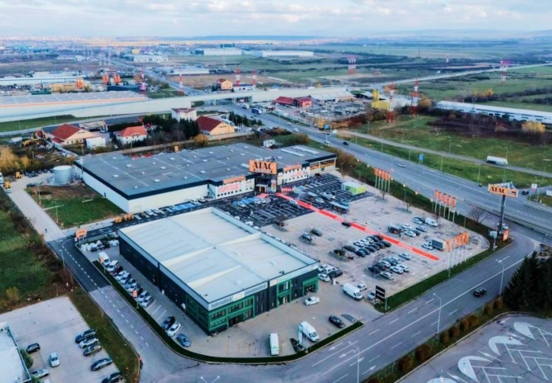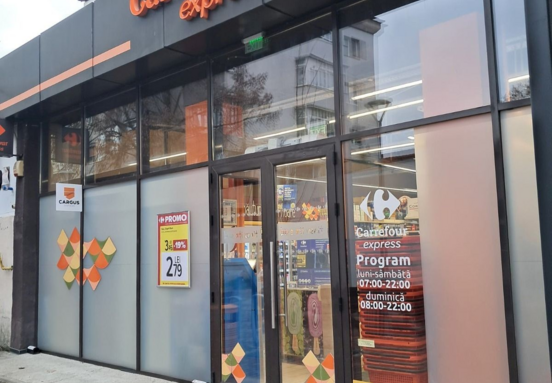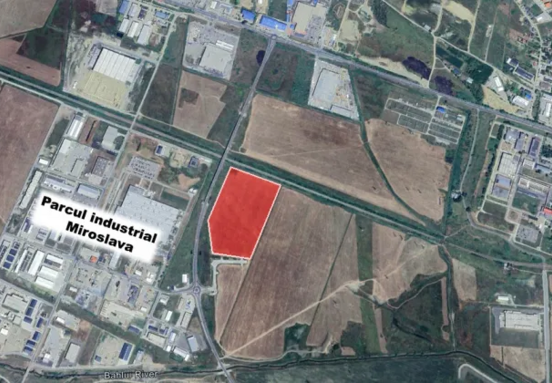Romanian capital accounted for around half of the overall market turnover, a record level for the local market, followed at a great distance by South African and Austrian capital, around 20% and 10% respectively. In fact, the volume of deals generated by Romanian capital was more than 4x larger than the yearly average since 2015.
“A characteristic of the year, which underpins the market over the longer run, is the consolidation of a strong demand stemming from local investors. This attests to the strengthening of the Romanian economy in general, as capital tends to be accumulated over time when an economy matures. No surprise, then, that the input from local capital is also at all-time highs. On the flipside, we could envisage this leading to lower long-term liquidity, as local capital tends to focus on holding for the long-term. In a note of confidence towards the local market, the bulk of transactions, over 900 million euros, took place in the second part of the year, even closer to the end of 2022, when it was clear that sovereign interest rates were settling at much higher levels than in the recent past”, concludes Anca Merdescu, Director for Investments Services at Colliers.
Offices continued to dominate in terms of transactions last year, with a share of 63% in the total volume of investments, followed by the retail sector which also generated a big part of activity (25% of total). Colliers consultants point out that for the industrial segment the issue at hand that is holding back market activity continues to remain the lack of available products, as the bulk of I&L developers tend to be long-time holders, though we have seen in recent years companies looking at sale and leasebacks as an alternative for the warehouses and production facilities they own.
The year’s biggest deal was the sale of CA Immo’s 165,000 square meters office portfolio, which was purchased by the owners of the Romanian DIY chain Dedeman, for 377 million euros. The second biggest deal saw MAS REI buy out their JV partner’s stakes in a variety of newly-built retail parks throughout Romania, the second such deal between MAS REI and Prime Kapital. Estimated at around 190 million euros, the transaction is also interesting because the properties had an estimated exit yield of roughly 7%. The year’s third largest deal saw S IMMO purchase Portland Trust’s Expo Business Park, a new office project delivered in the Piata Presei/Expozitiei submarket, for around 115 million euros.
Another interesting benchmark deal also involved a new property – the first phase of the Forte-developed office project named U-Center – which exchanged hands for somewhere below 90 million euros. This is the most prime asset we have seen traded last year (though it is not in an established location, despite it being quite central), for a yield a bit below 7%, which is above our previous level for prime assets – 6.5%.
In fact, the gap between prime assets (whether they are office, retail or industrial) located in Bucharest and those located in other major neighboring capitals has shrunk in 2022. Prime yield levels for retail and industrial remained at 6.75% and 7.5%, respectively, while in the case of office, the yield on prime properties increased by 25 basis points to 6.75%.
“We expect price and yield moves to be influenced in the near future by both the availability and the cost of capital. However, we anticipate that rent indexation and the lack of newly delivered products will generally compensate for any change in capitalization rates, which is why we expect values per square meter to remain constant for prime buildings. Banks remain available to fund good income producing assets, but there are some emerging signs of cautiousness. The loan margin for a prime asset has moved a bit higher, towards 300 basis points, whereas a year ago, it was rather around 250 basis points. At present, there are no clear signs of economically distressed projects, however, an all-in cost for EUR denominated loans, currently at c.6%, will create a heavy burden in the financial calculations of any leveraged investor. In terms of demand, we still see good liquidity, especially from equity buyers, who are not affected by the increase in financing costs, but who will be even more selective about the assets they choose. In 2023, we expect to see an increased interest in prime commercial real estate assets or properties that are suitable for conversion”, highlights Anca Merdescu.
Further, the outlook looks clouded by the very limited pipeline of office project deliveries past 2023, as developers worried that the higher construction costs plus a possibly softer economic backdrop do not mix well. However, Colliers consultants’ experience shows that foreign investors continue to look at Romania and remain quite active. A novel trend which has crystallized recently and which we see extending into the next few years is the fact that many foreign investors are trying to break through in the local market via JV developments alongside local, more experienced market participants.
Overall, 2023 is not necessarily shaping up to be a bad year, even though market turnover is likely to drop. Yields will remain under some upside pressures, at least through the first half of the year, but as long as Romania’s overall economic performance remains robust, the investment market should more than recover.
“For many long-term investors, real estate is a solid choice with less volatility than other assets, therefore being a safe(r) harbor. While governments and central banks take actions against global recession, as lawyers that accompany developers, investors, and financial institutions, we believe that opportunities still lie ahead. Given that 2022 broke the local record in investment volumes, it is safe to say that the interest of institutional investors for the Romanian assets remained unchanged and it is expected to further materialize in the years to come. Real estate development is a dynamic process which involves a multitude of interactions with third parties. As such, there are many issues which may vary over the course of a project or because of particular situations or local practice. Any future legislative changes will need to bring more clarity and coherence so that the two worlds – formal and functional – are not disconnected and in permanent struggle”, concludes loana Bădărău, Partner and Head of Real Estate & PPP at the PeliPartners law firm.







